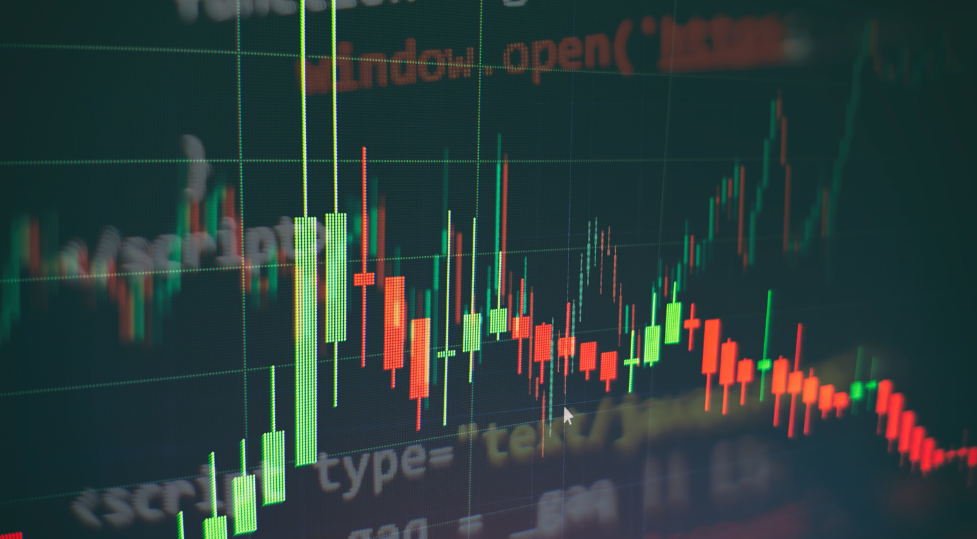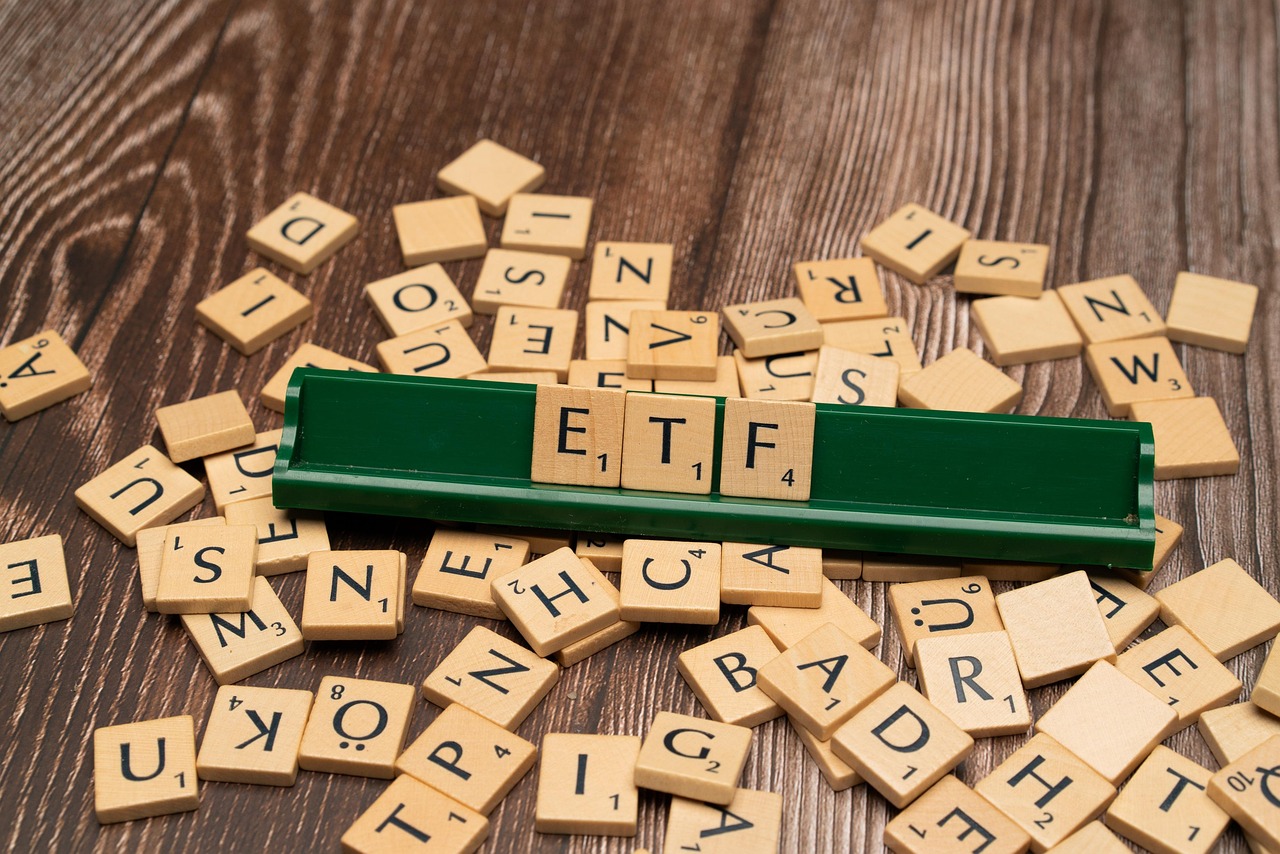Exchange-traded funds (ETFs) consolidated their position in the Brazilian fund industry between August 2024 and July 2025, reaching second place in net inflows among the more traditional categories.
According to data from Anbima (Brazilian Association of Financial and Capital Market Entities), ETFs received 5.8 billion reais (around 1.055 billion dollars) in inflows during the same period. This volume was only surpassed by fixed-income funds, which led with 96.3 billion reais (around 17.5 billion dollars).
During the analyzed period, twenty-three new index funds were launched, bringing the total to 127—an increase of 22%.
Comparison with Other Fund Classes
Net inflows into ETFs exceeded those of pension funds, which totaled 4.4 billion reais (around 800 million dollars), and exchange-traded funds, which recorded 634.2 million reais (around 115 million dollars). Equity and multimarket funds, in turn, recorded redemptions of 75 billion reais (13.636 billion dollars) and 320 billion reais (around 58.182 billion dollars), respectively.
“ETFs are a well-established product class in developed markets and still have ample room for growth in Brazil. Diversification and competitive fees are their main attractions,” said Pedro Rudge, Director at Anbima.
Most of the assets were concentrated in fixed-income ETFs, which received 4.1 billion reais (around 745 million dollars). Equity index funds attracted 1.7 billion reais (around 309 million dollars).
Market Expansion
This growth is accompanied by the increasing sophistication of the local market. There are now ETFs that invest in foreign assets, combine fixed-income and equity strategies, and distribute dividends—a model authorized by B3 since 2023. There are also BDR ETFs, which replicate international indices to broaden diversification available to investors in Brazil.
Investor Profile
The number of accounts investing in ETFs reached 1.1 million in June 2025, representing a 29% increase over 12 months.
Among individual investors, there are 236,000 accounts: 131,200 in the high-income retail segment, 105,000 in the traditional retail segment, and 468 in the private segment.
However, the largest investors are other investment funds, which represent 698,000 accounts. Within this group, 181,800 accounts belong to brokers who purchase ETFs on behalf of their clients, and 418 accounts belong to the corporate segment.




